Case Study: Medication Safety Review for Patient Alfina - Hospital
VerifiedAdded on 2023/05/30
|8
|660
|53
Case Study
AI Summary
This case study examines the medication safety of a 61-year-old female patient, Alfina, admitted to a hospital medical unit with palpitations, shortness of breath, and decreased activity tolerance. The patient's medical history includes hypothyroidism, early-onset Alzheimer's, and left-sided heart failure. The study details the patient's vital signs, lab results (including electrolyte imbalances), and current medications, such as Levothyroxine, Digoxin, Metoprolol, and Lasix. The analysis emphasizes the importance of safe medication administration, referencing the "seven rights" and the need for coordination among care providers, medication record maintenance, and resources from the Canadian Patient Safety Institute and ISMP Canada. The case study provides a practical application of medication safety principles in a clinical setting.
1 out of 8
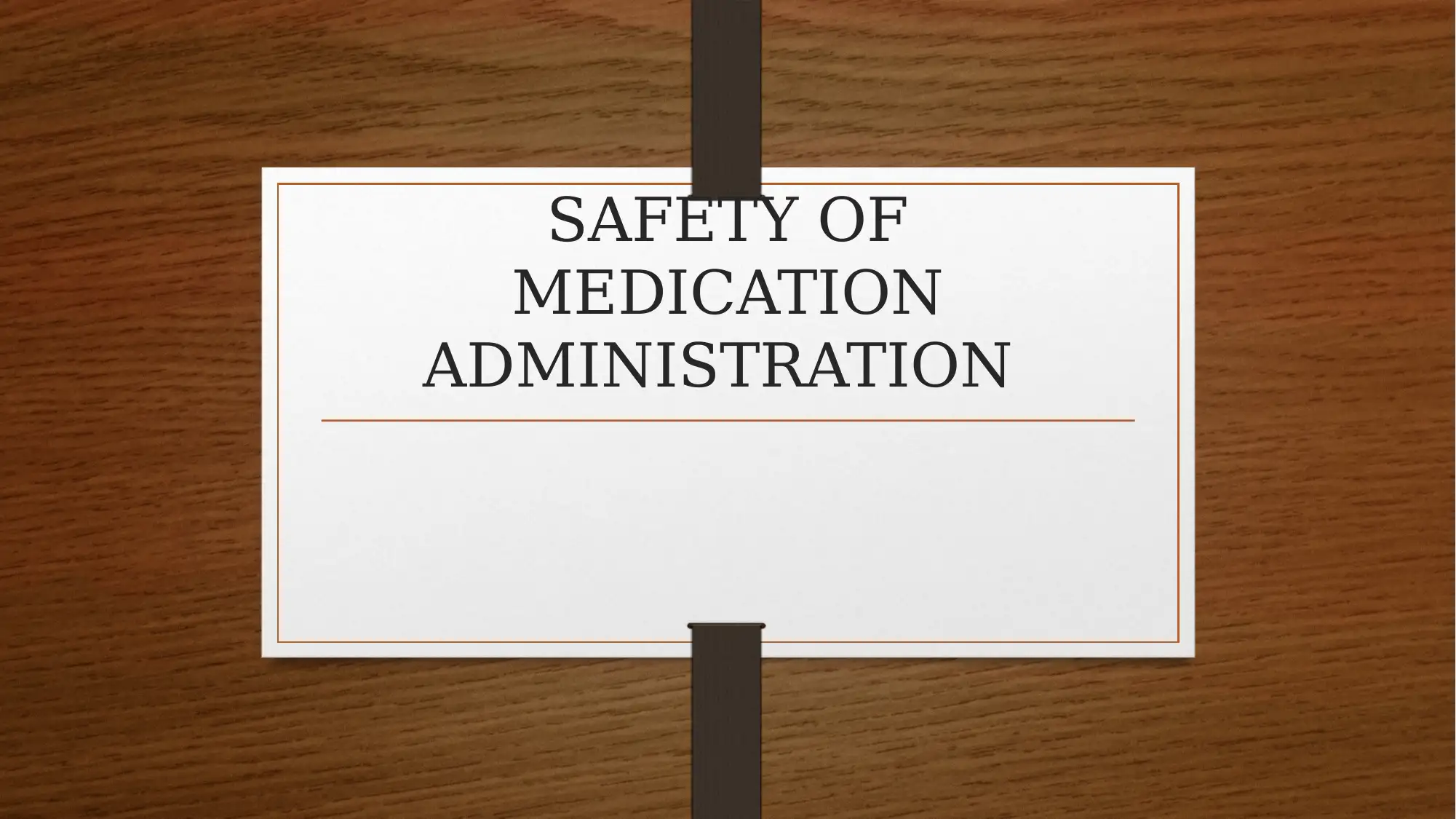
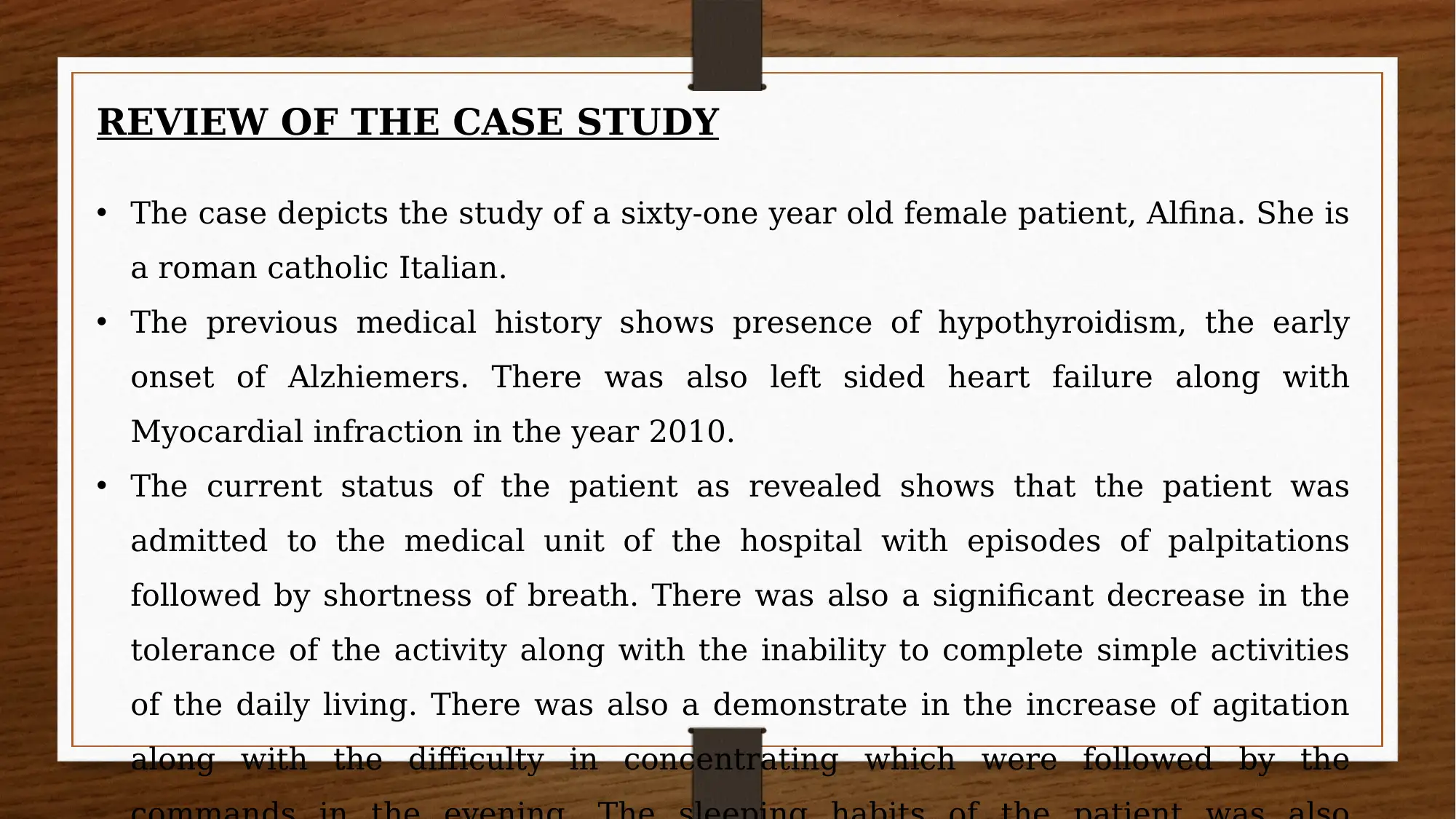
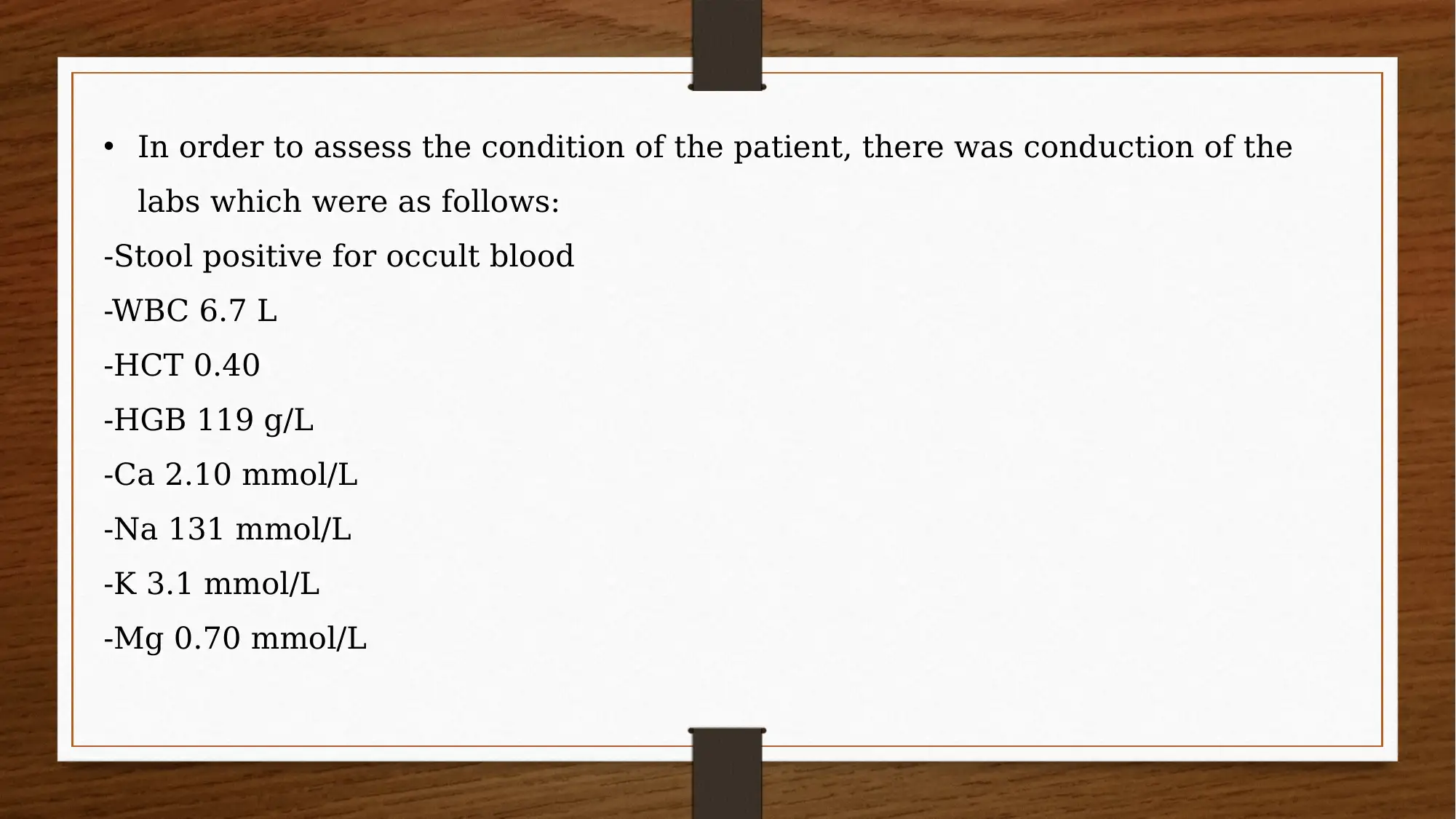

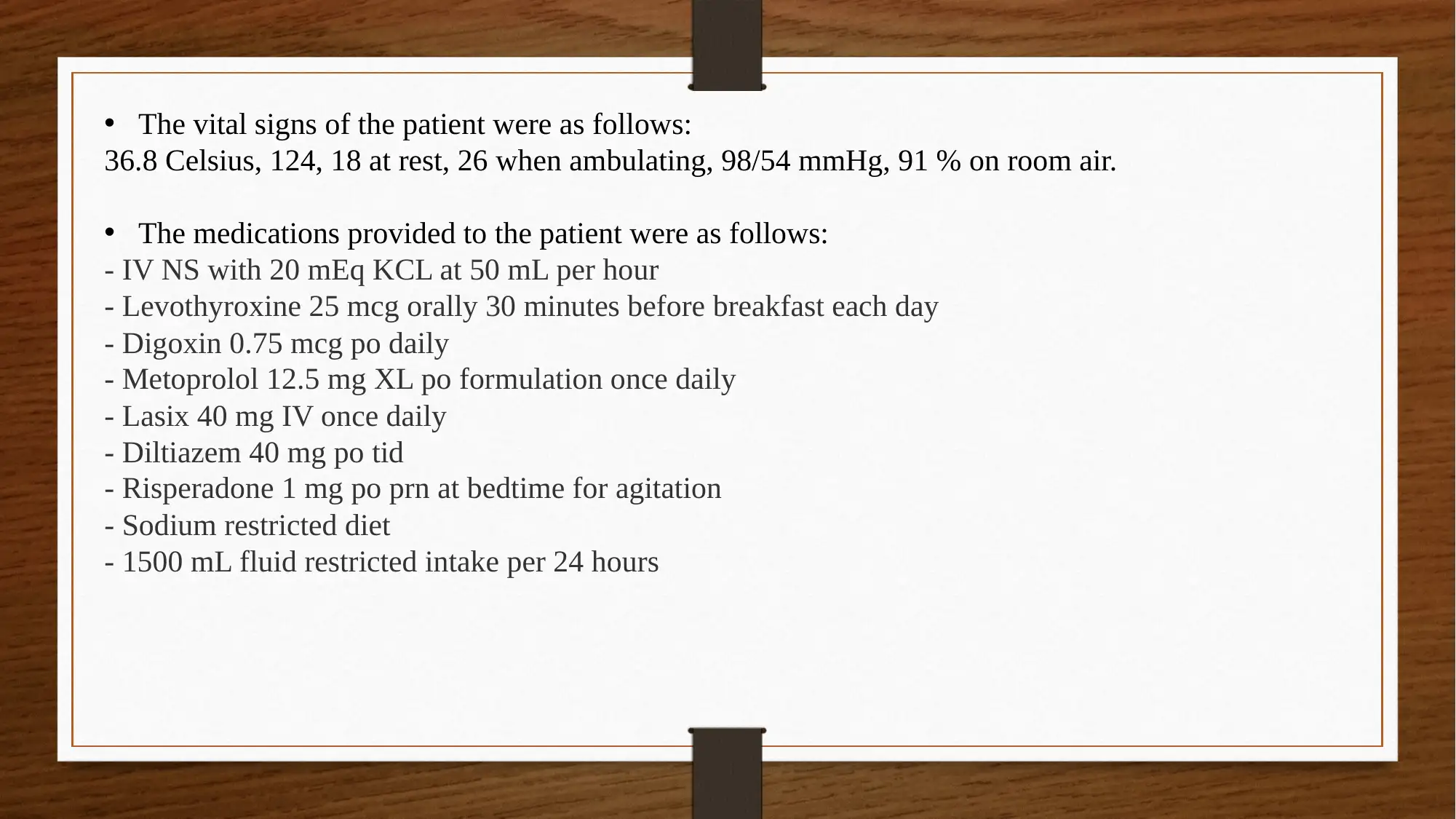
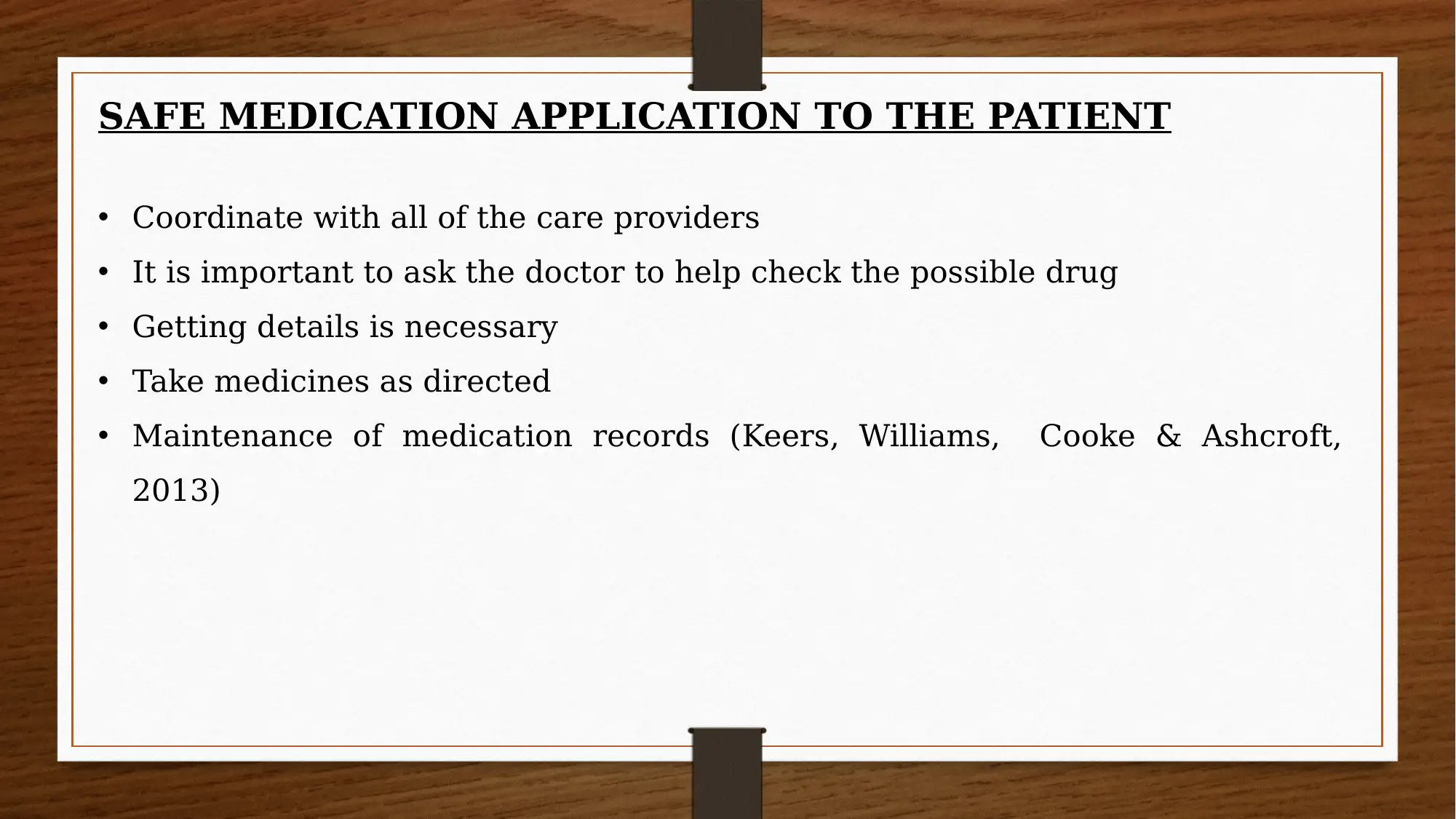
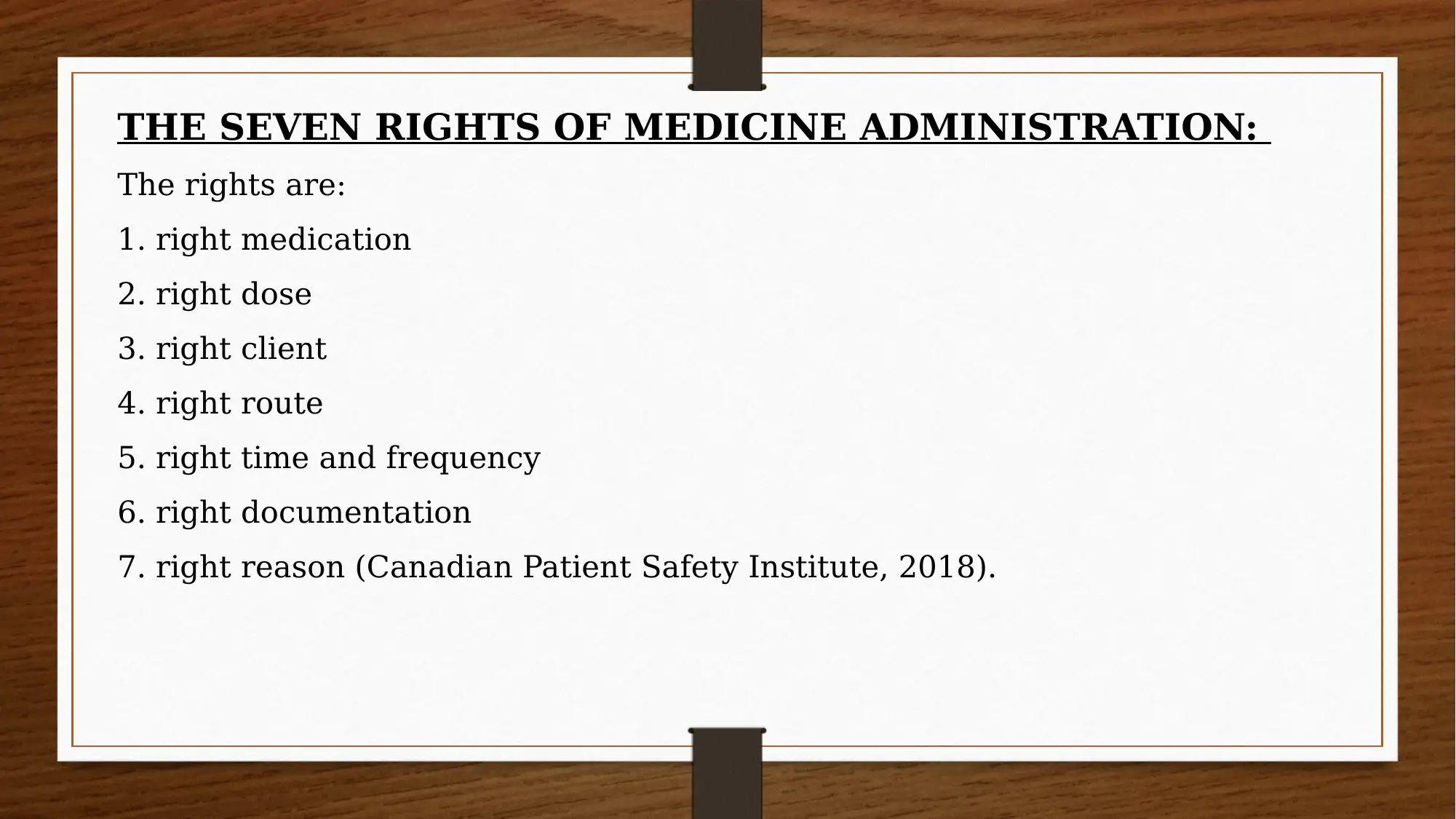
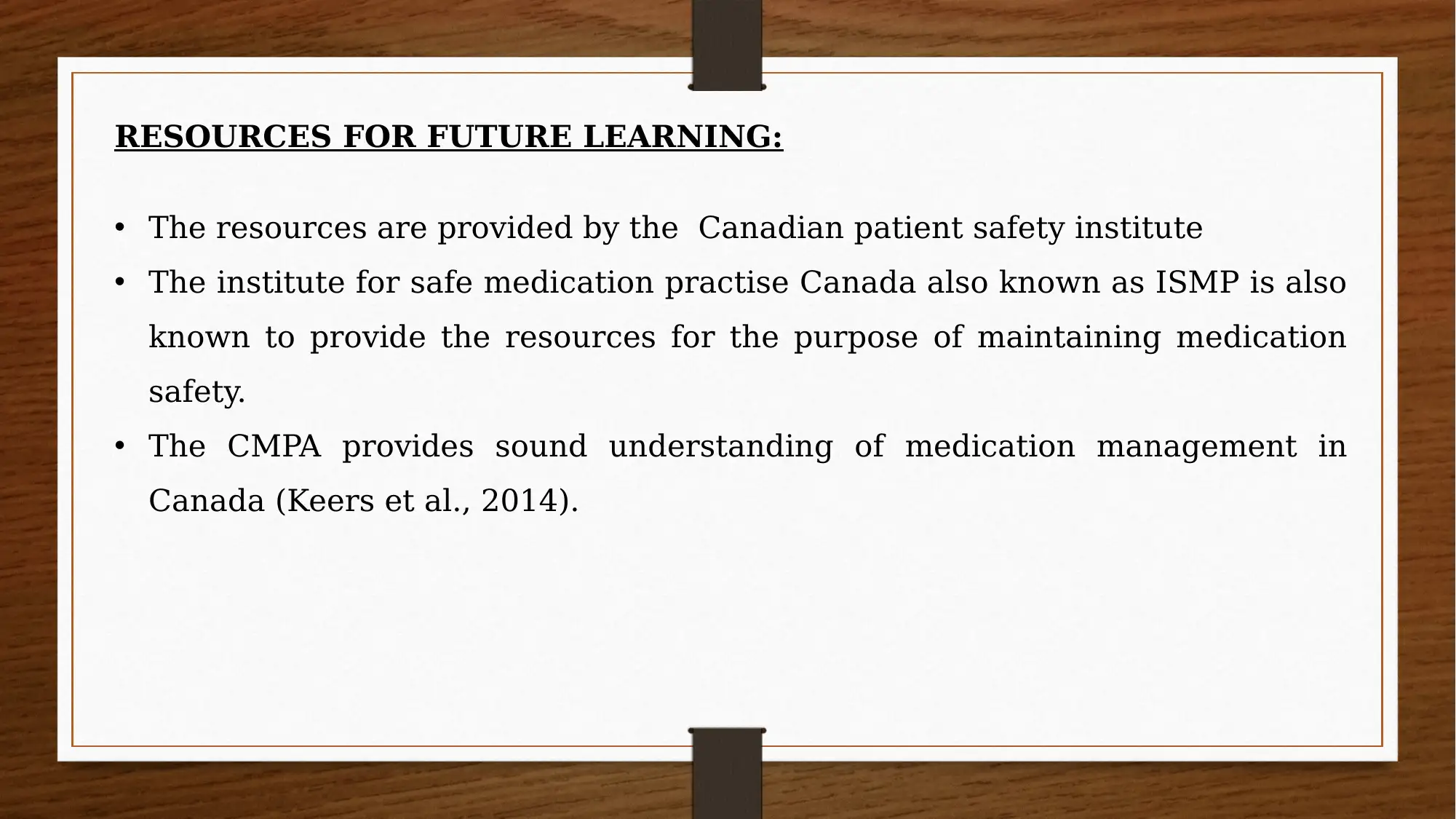
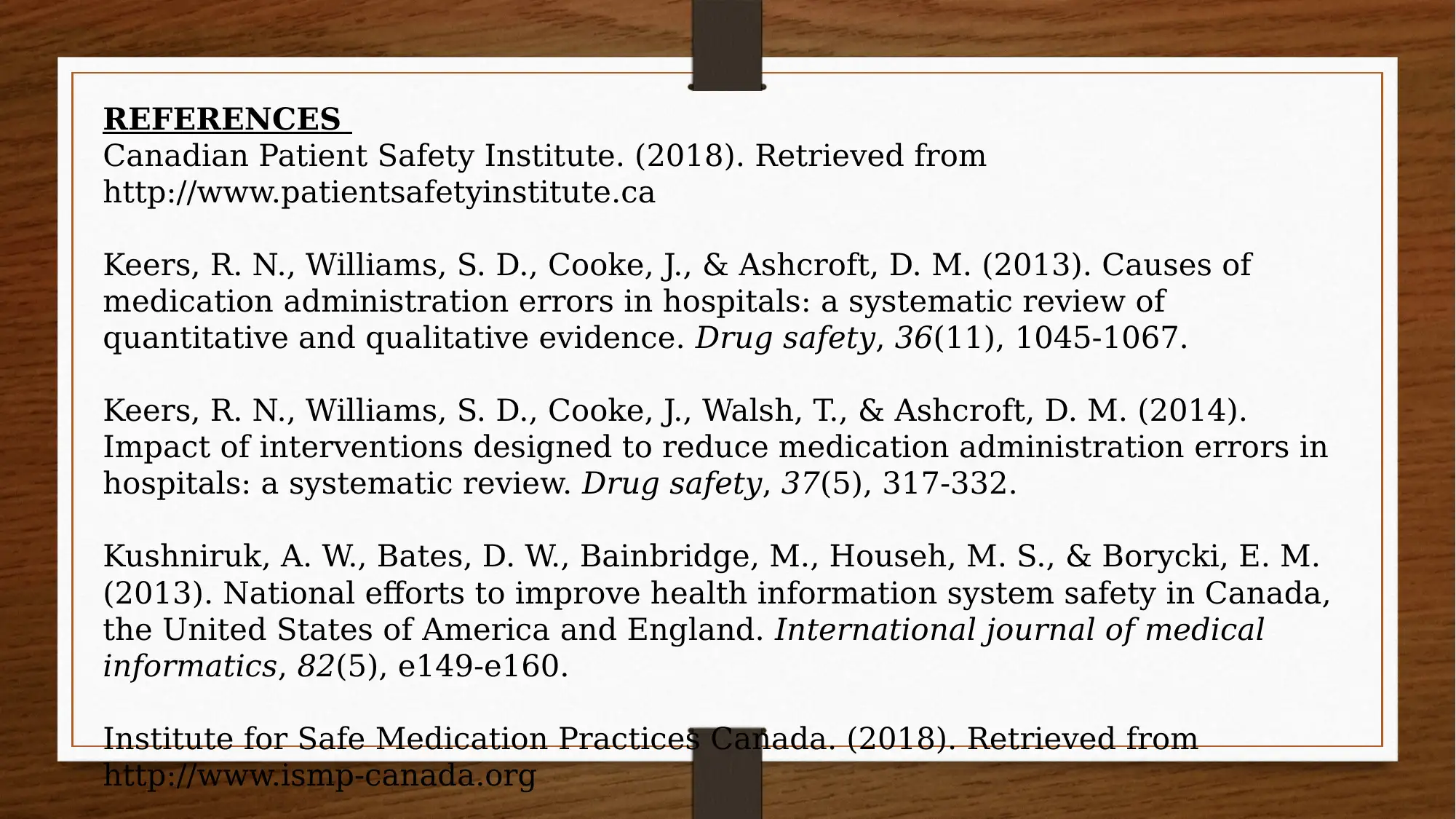
![[object Object]](/_next/static/media/star-bottom.7253800d.svg)